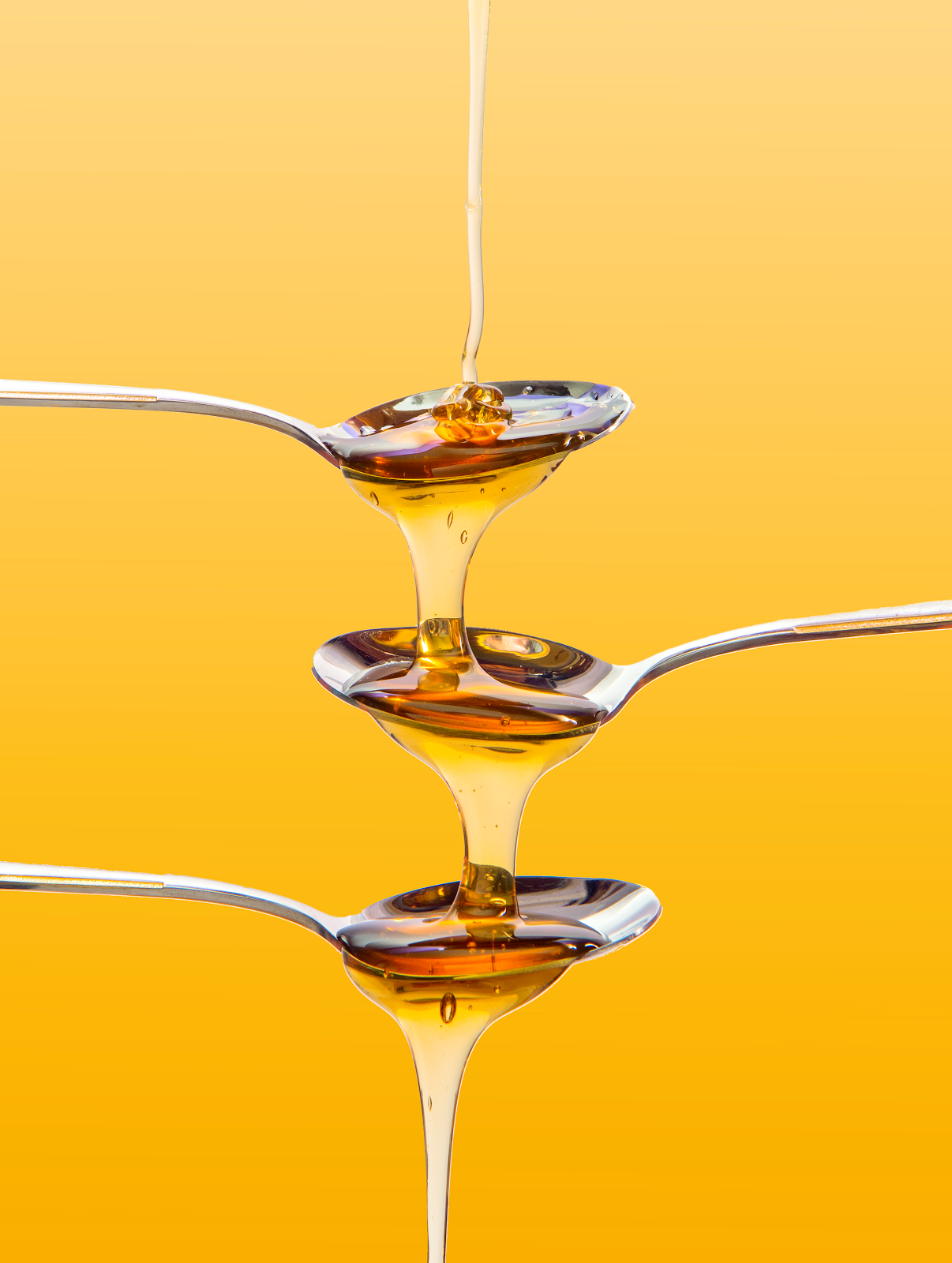Honey is considered matured or properly ripened when it has undergone a natural process of moisture reduction and enzymatic transformation by bees. Matured honey is ready for harvesting and consumption. Here are some indicators to help you determine if honey is matured:
Water Content: The most critical factor in determining honey maturity is its water content. Bees collect nectar from flowers, which is typically high in water content. To ripen honey, bees fan their wings and dehydrate the nectar until the water content is reduced to around 17-20%. Matured honey should contain this lower moisture level, which prevents fermentation and spoilage.
Consistency and Texture: Matured honey has a consistent texture. It is not overly runny or watery. Instead, it should be viscous and flow smoothly. Immature honey with higher water content may be thinner and less viscous.
Color: Honey color can vary widely depending on the floral source, but matured honey typically has a consistent and stable color. Immature honey may appear cloudy or have air bubbles, while matured honey should be clear and transparent.
Taste and Aroma: Matured honey has a well-developed and characteristic taste and aroma that reflects its floral source. Immature honey may lack the complex flavor profile associated with matured honey.
Crystallization: Over time, honey naturally crystallizes. While crystallization is a sign of the maturity of honey, it doesn't mean the honey is spoiled. In fact, some consider crystallized honey to be a sign of purity and quality. If honey has started to crystallize, it is generally matured.
Cap Seal: In beehives, bees cap cells containing matured honey with a wax seal. This cap indicates that the honey is ready for storage and consumption. When honey is harvested from a beehive, the caps are usually removed.
Moisture Content Testing: If you want to be absolutely sure about the maturity of honey, you can use a refractometer or hydrometer to measure the water content. A water content of 17-20% is a reliable indicator of maturity.
It's important to note that the maturity of honey can vary depending on the specific conditions in the hive and the beekeeping practices. For commercial honey production, beekeepers often wait until they are confident that the honey is matured before harvesting and processing it. When buying honey, choose reputable sources that provide information about the honey's quality, origin, and processing methods to ensure you are getting matured and authentic honey.



.jpeg)

